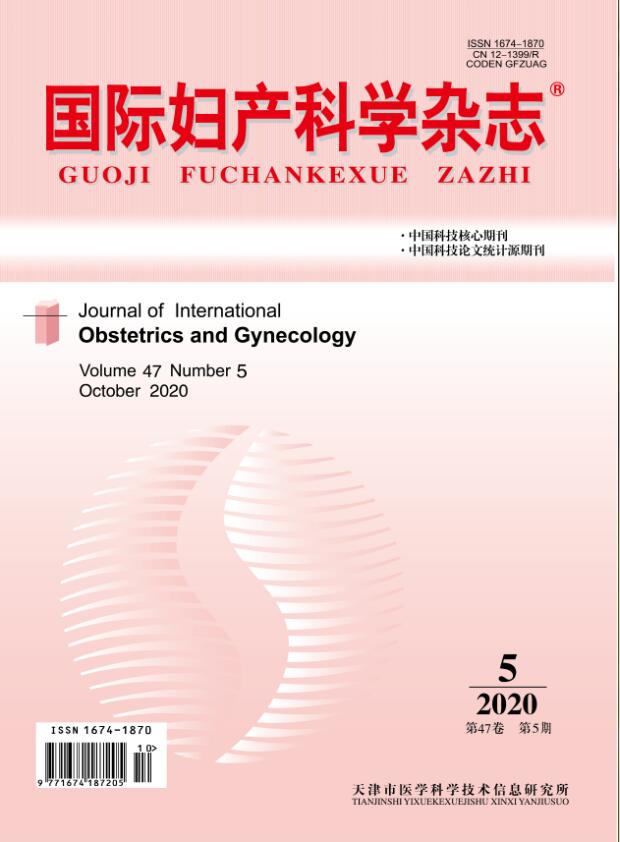|
|
The Efficacy of Four Different Therapies in Postmenopausal Atrophic Vaginitis
Dilinuer·wubuli,LIU Xin-lian,HUANG Xiu-ju,DING Yan
2019, 46 (4):
387-391.
Objective: To compare the therapeutic efficacy and safety of four different options for postmenopausal atrophic vaginitis,to guide clinical diagnosis and treatment. Methods:120 cases of atrophic vaginitis in our department of gynecology from November 2016 to August 2018 were voluntarily enrolled according to the inclusion and exclusion criteria and randomly divided into four groups, which were group A(vaginal moisturiser without hormone:Weirun collagen vaginal gel), group B (Honglilai estrogens cream), group C (Honglilai estrogens cream + herbalanti-inflammatory agent: Baofukang froth) and group D (Weirun collagen vaginal gel + Baofukang froth). After the treatment, we made comparision of efficacy and safety among the four groups. Results:After the treatment,signs and symptoms scores off our groups are group A (7.59±1.28), group B (6.76±1.33), group C (4.48±1.02), group D (5.34±1.01), efficacy:group C>group D>group B>group A,and the difference was statistically significant (P<0.05). Vaginal pH results of four groups are group A (5.10±0.15), group B (4.38±0.17), group C (4.04±0.18), group D (4.24±0.13), efficacy:group C>group D>group B>group A,and the difference was statistically significant (P<0.05). MV results are group A (31.94±3.16), group B (65.68±2.44), group C (72.19±2.86), group D (54.40±2.56). MV of group A shows no statistical difference after the treatment (P>0.05), but the other three groups were significantly higher,efficacy:group C>group B>group D,and the difference was statistically significant(P<0.05). In terms of safety, plasma level of E2, FSH, LH and endometrial stripe show no significant difference (P>0.05). Conclusions:For patients who don′t want to or can′t take estrogen therapy, non-hormonal vaginal moisturisers and lubricants with local anti-inflammatory drugs can be an alternative choice.
Related Articles |
Metrics
|

